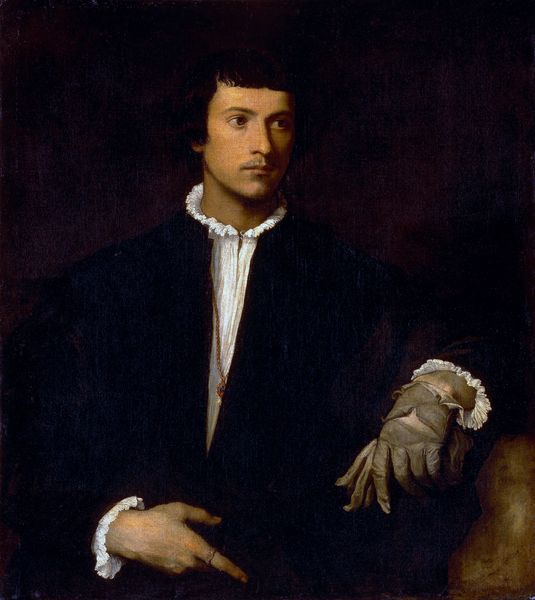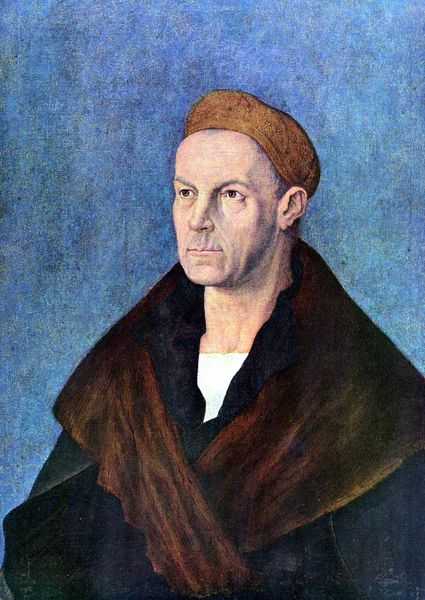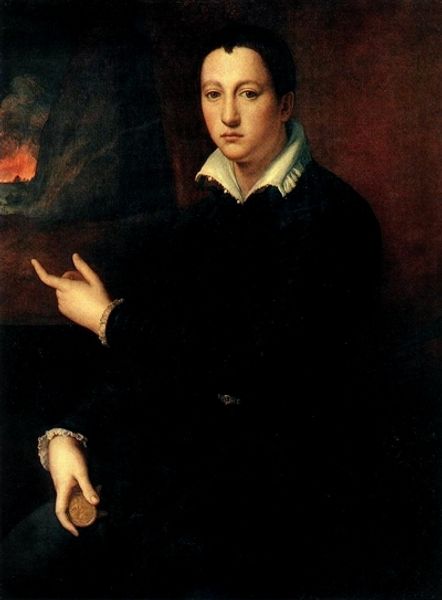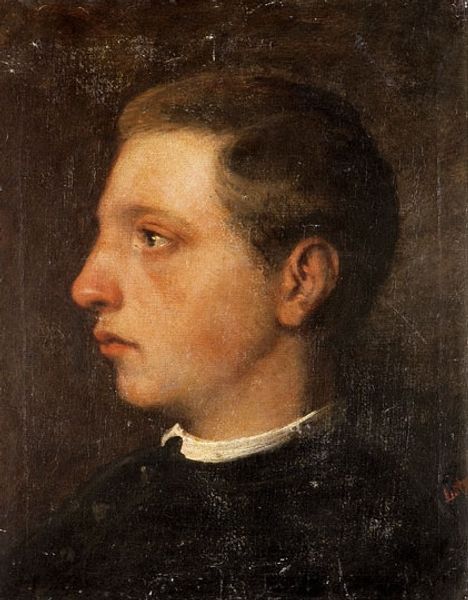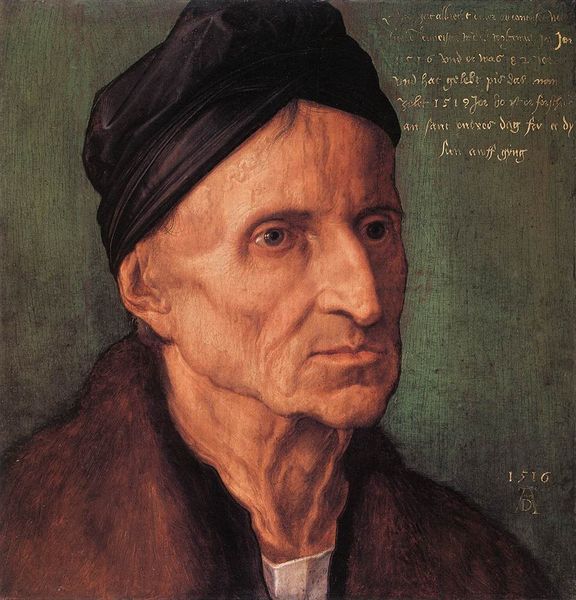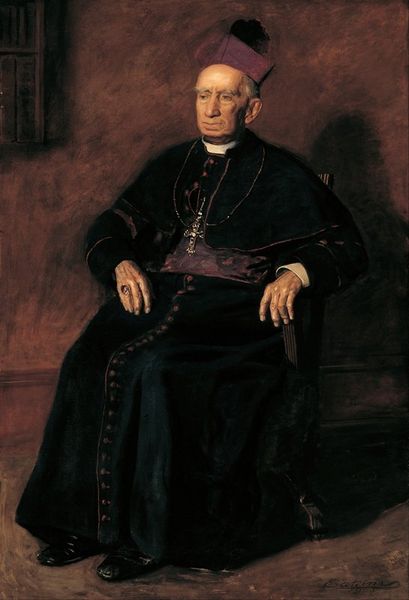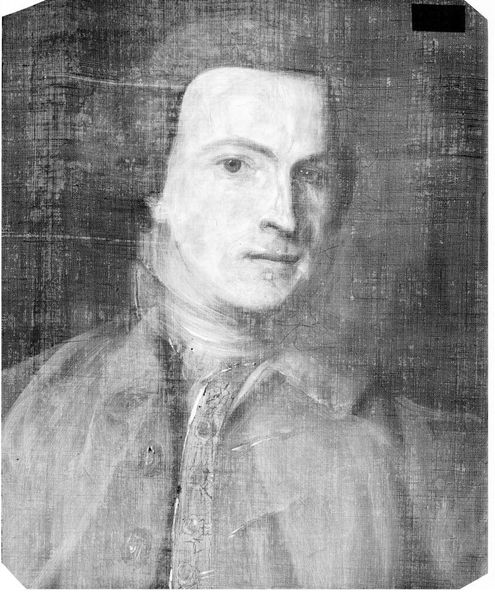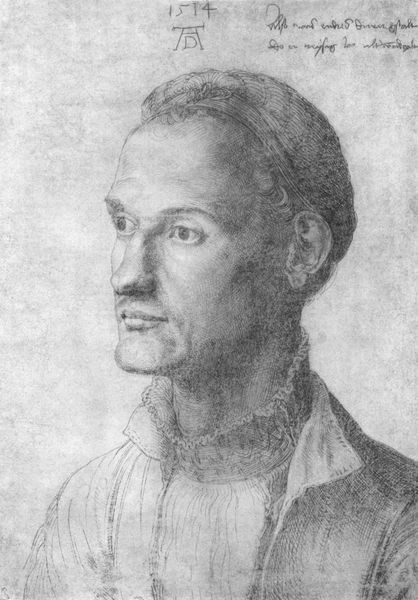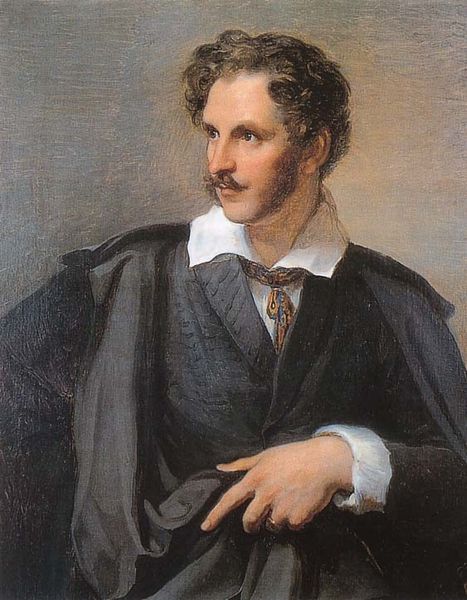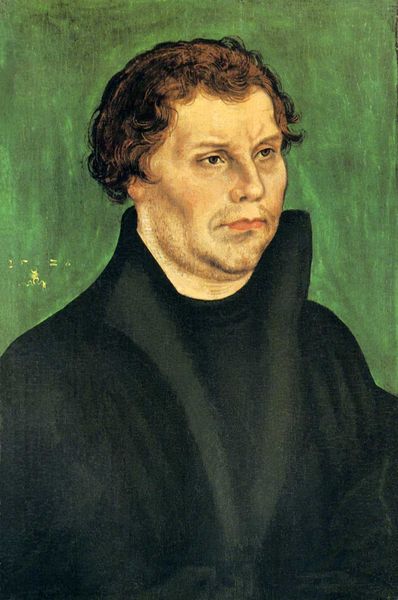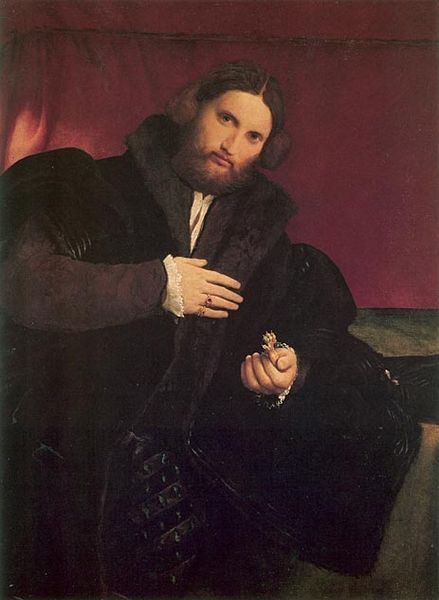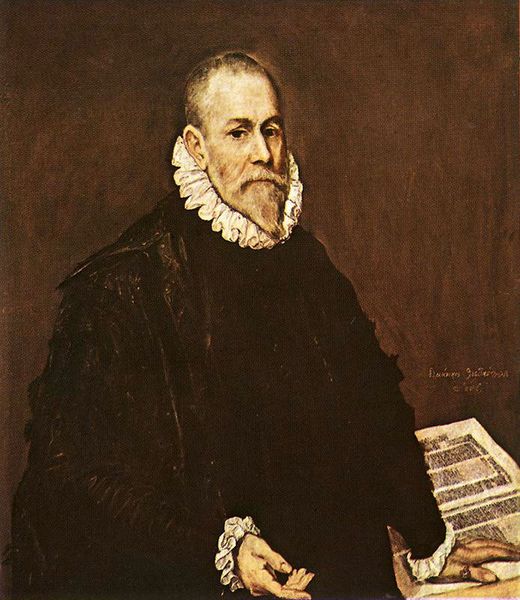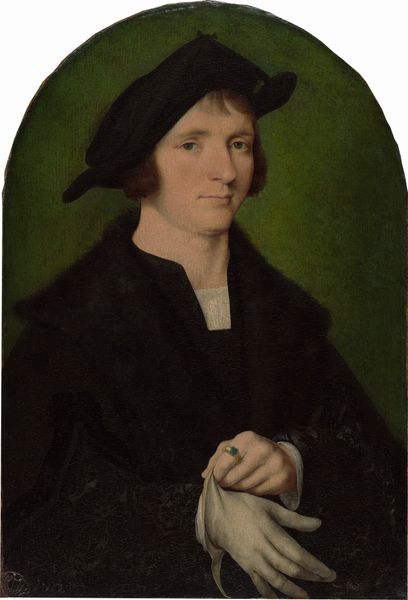
painting, oil-paint
#
portrait
#
baroque
#
painting
#
oil-paint
#
male-portraits
#
history-painting
#
realism
Dimensions: 105 x 86 cm
Copyright: Public domain
Curator: At first glance, I'm struck by the sitter's contemplative gaze and the rather somber palette, don't you think? There's an air of quiet intensity about him. Editor: It's beautifully understated. What we're looking at is Anthony van Dyck's oil on canvas, dating back to 1623, titled "Portrait of Virginio Cesarini." It currently resides in the Hermitage Museum in St. Petersburg. Curator: Cesarini clearly possessed a degree of social power in Rome; however, looking beyond the surface, I am curious to examine van Dyck's interpretation of masculinity within the painting. Cesarini's elegant attire combined with his sensitive, almost melancholic expression, potentially challenged normative Renaissance portrayals of male identity at the time. Editor: Indeed. Van Dyck painted Cesarini during his Italian sojourn, a period that proved crucial to the artist's development. Rome in the 1620s was a melting pot of artistic ideas. This particular portrait suggests that, stylistically, he found inspiration in Venetian art, and in terms of presentation, one can easily trace elements of the works of Titian. Think about the influence of powerful families, or of the Church. Van Dyck's presence itself reflects complex social networks of patronage. How the commissioner's positionality dictated the stylistic and representational parameters of portraiture must have affected its reception. Curator: Exactly! I find myself drawn to his hand gestures. That elegant, almost languid extension seems to be offering the viewer an opening into an intellectual discussion, perhaps questioning established roles and expectations. Van Dyck could be presenting his audience with an intriguing glimpse into the human condition, pushing gender conventions and challenging restrictive views. Editor: The history of art often becomes the history of taste and class, reflecting the power dynamics of the elite who could afford to commission these pieces, thus impacting which stories get told and how. And museums today are crucial spaces in our interrogation of this historical dynamic, inviting the audience to look closely at the relationship between the artwork and its context. Curator: Definitely. Examining "Portrait of Virginio Cesarini," through a modern lens not only informs us of the aesthetic preferences and individual representation in the Baroque period, but also stimulates critical engagement with lingering concepts of identity today. Editor: Precisely, leading us to question our perspectives of art history.
Comments
No comments
Be the first to comment and join the conversation on the ultimate creative platform.
